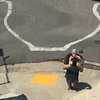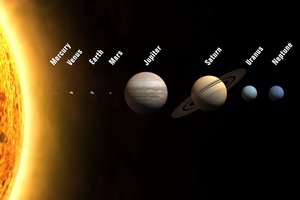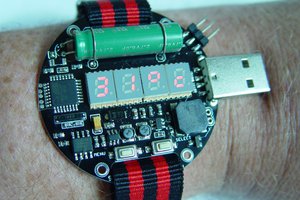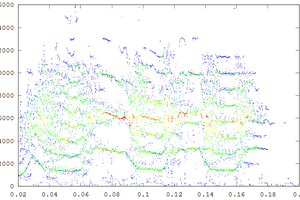The programs
The first program produces a bandlimited (in space and time) animation. You can select the bandwidth in terms of cycles/image-width and cycles/total-animation-length. This example used spatial frequencies between 4 and 10, and temporal frequencies below 3. The second example uses spatial frequencies between 1 and 5, and temporal frequencies below 3. The third example uses spatial frequencies between 1 and 5, and temporal frequencies below 6. Higher spatial frequencies mean more fine detail. Higher temporal frequencies mean faster motion.
A bigger example with spatial frequencies between 4 and 10, and temporal frequencies below 3.
The second program produces an approximate fractal (in space) animation. This is done by filtering the spatial frequency amplitudes by a power-law of frequency. The first example used a -2.5 spatial power law, and a time bandwidth of 3. As the power law strength is reduced toward -1, the image becomes "rougher". The second example has a power law of -1.5, but the same time bandwidth. The third example has a power law of -2.0.
A bigger example with fractal dimension -2 and band-limited to 4 cycles.
 Bruce Land
Bruce Land





 shane kirkbride
shane kirkbride
 bobricius
bobricius

Looks a bit like perlin noise